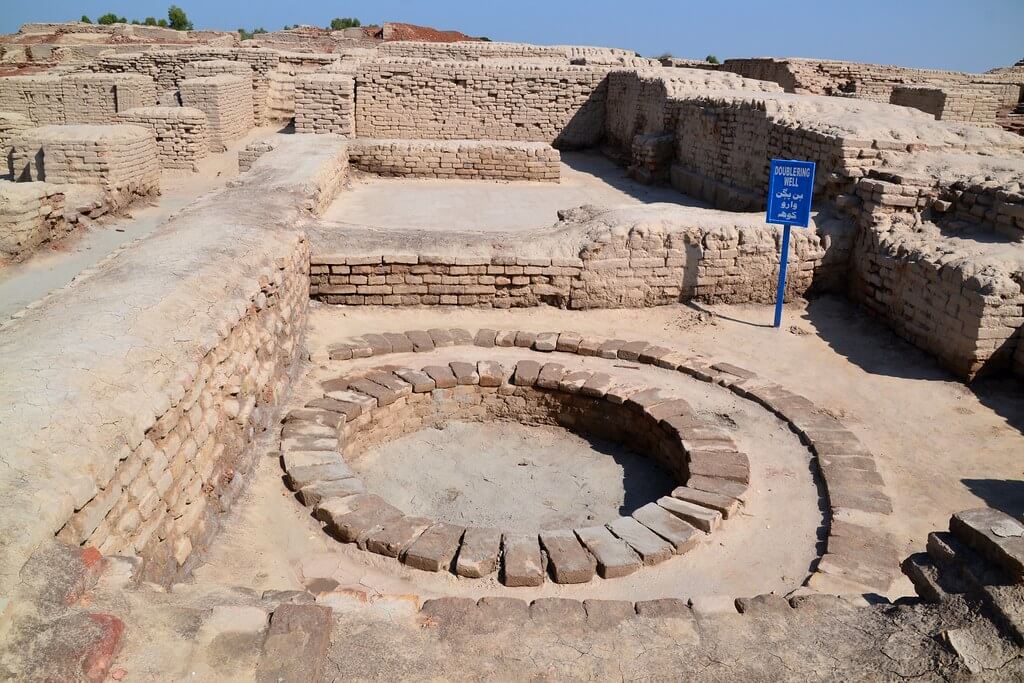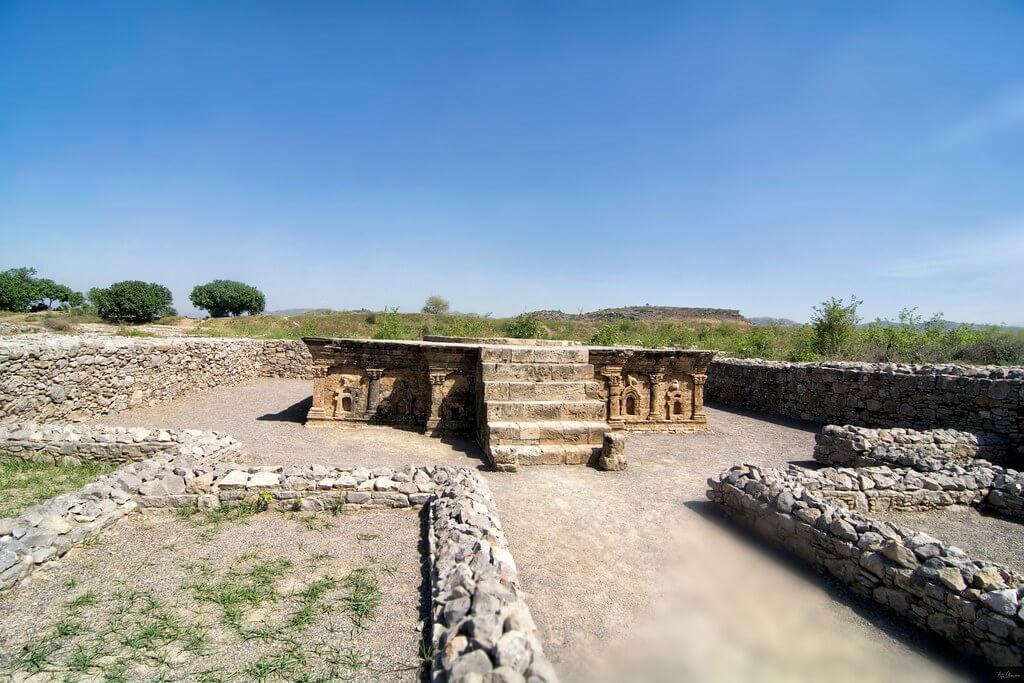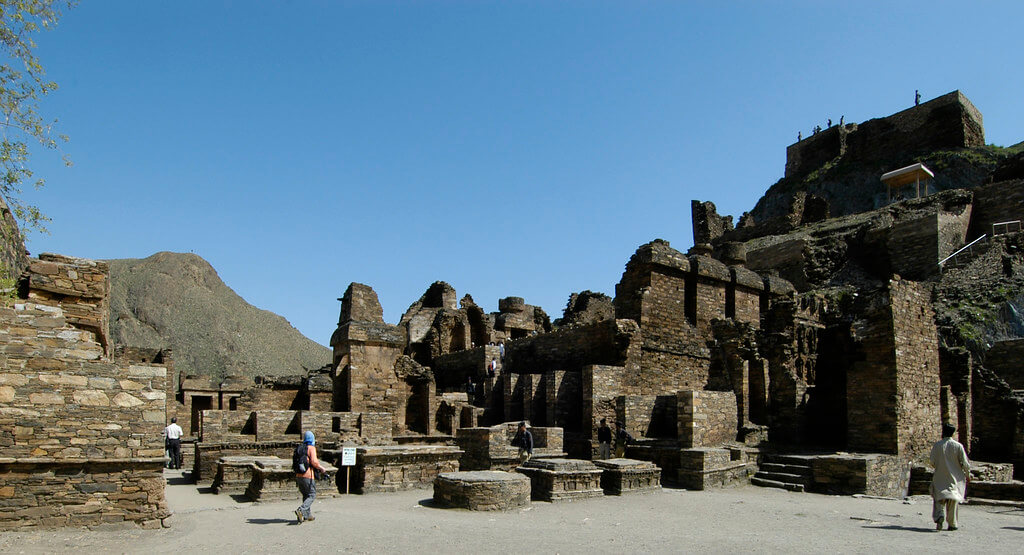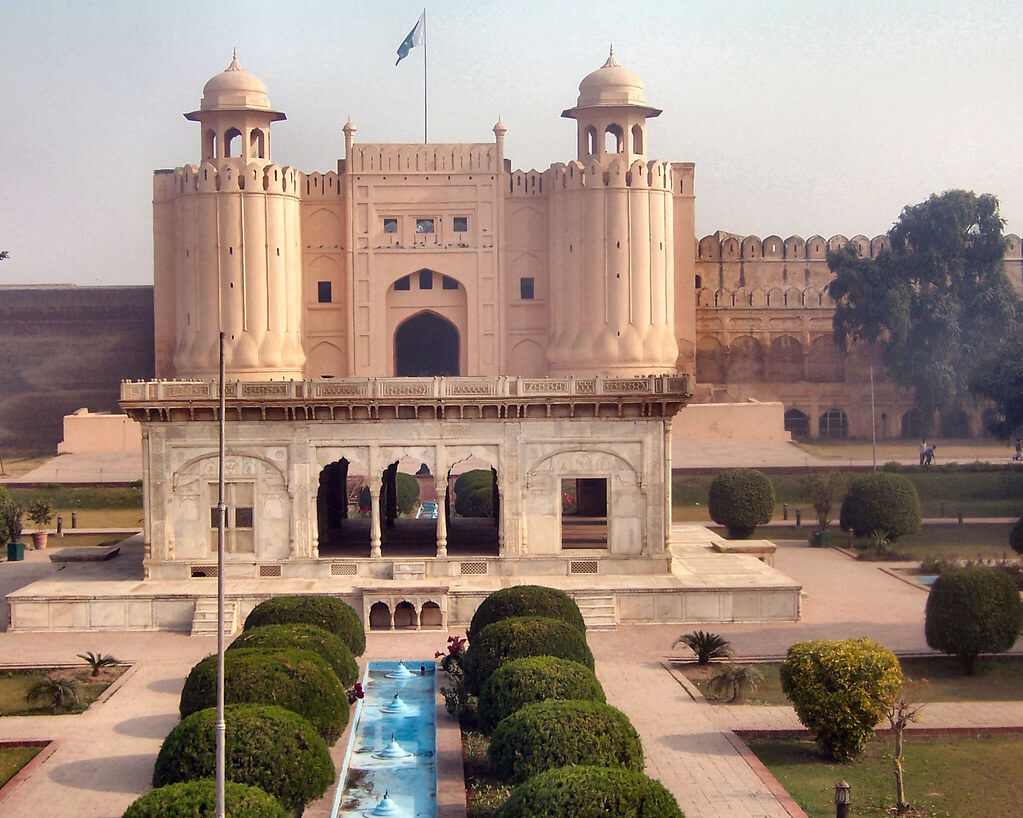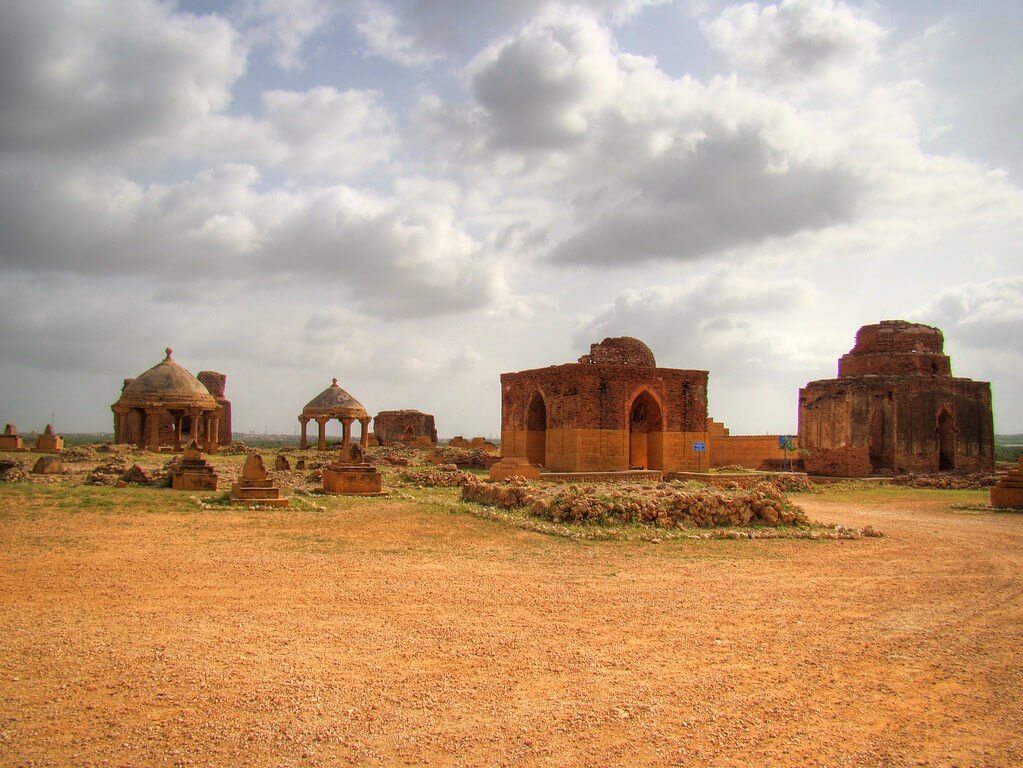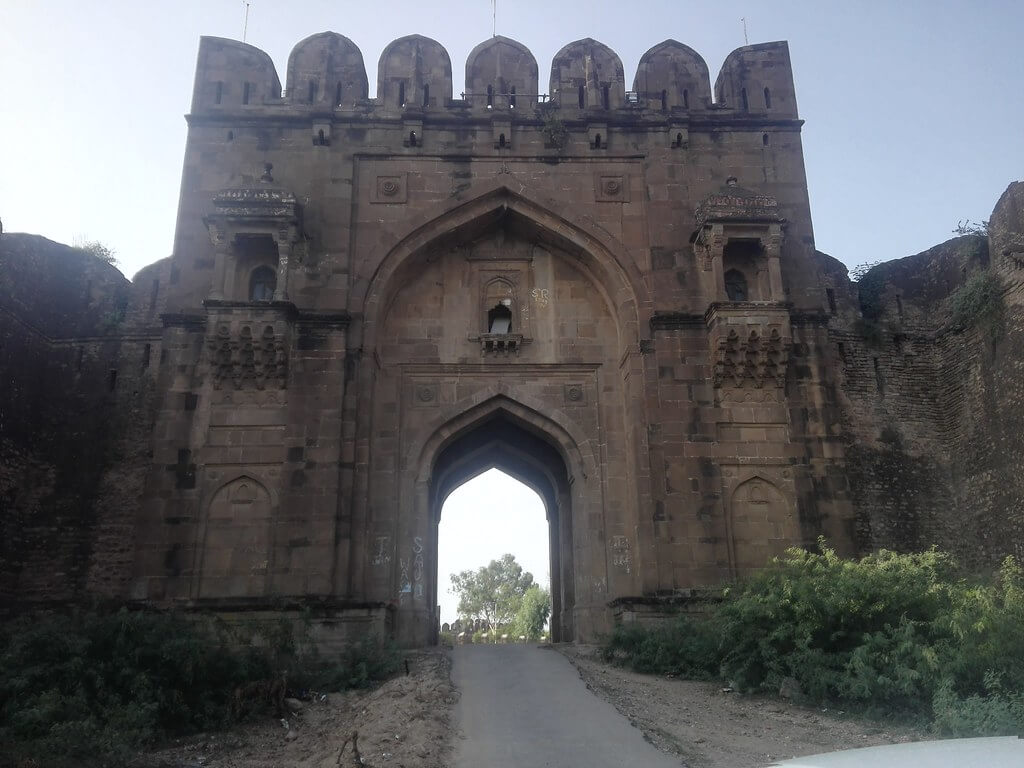UNESCO World Heritage Sites in Pakistan
UNESCO World Heritage Sites in Pakistan: Pakistan is a South Asian country that was the cradle of the region’s early human civilizations. Iran, Afghanistan, India, and China all border the country. In 1976, Pakistan signed the ‘Convention Concerning the Protection of World Cultural and Natural Heritage’. This made the country eligible to have its cultural or natural sites added to the list if nominated and approved. Pakistan is well-known throughout the world for its vast natural tourist attractions and hilly regions. Aside from natural tourist destinations, Pakistan has some of the most incredible colors of history, customs, and rich culture in every corner of the country.
Mohenjo-daro Archaeological Ruins
The Mohenjodaro Archaeological Ruins, located in Sindh province, were among the first three Pakistani World Heritage Sites to be declared in 1980. The city is the ruins of Moenjordaro, an ancient and vast metropolis once inhabited by the Indus River Valley Civilizations, often known as the Harappan Civilization. The city was created at some point around 2,500 B.C. and was abandoned at some point in the 19th century B.C. when the Indus River Valley Civilization rapidly deteriorated. The town is divided into two parts: the lower town, which displays an early system of town planning, and the upper town, which has an acropolis built on high embankments and ramparts to protect it. The entire village is manufactured and built from unbaked bricks and is situated on the right bank of the Indus River. This site is significant because it is the best-preserved urban ruin in the Indus Valley, as well as providing valuable insights into a civilization’s customs, art, religion, architecture, sanitation, agriculture, and administrative systems.
Taxila Ruins
Taxila, a 3000-year-old ruins in Pakistan’s capital, Islamabad, is one of the oldest and most important historical and cultural sites in Buddhism.
Taxila city, located only an hour’s drive from Islamabad, still features ruins in several locations. Some of the iconic Buddha statues have been moved to the Taxila Museum. One may see the ancient Dharmarajika Stupa, one of the world’s oldest Julian universities, and the ruins of the Sirkap town, which transports one back to the Gandhara era.
Every year, millions of local and foreign tourists visit Taxila’s ruins, particularly those from Thailand and other Asian countries. Furthermore, Taxila is a holy area for the Buddhist religion and holds great value among Hindus and Buddhists. One should visit this important Buddhist site to learn about its history and culture.
Takht-i-Bahi and Sahr-i-Bahlol
Takht-i-Bahi Buddhist Ruins and Sahr-i-Bahlol City Remains are two neighboring monuments that have been designated as a single UNESCO World Heritage Site in Pakistan’s North West Frontier Province. The Takht-i-Bahi Buddhist Ruins are a monastic complex that was constructed as a Zoroastrian site under the Indo-Parthian Kingdom (12 B.C. to 130) and later came under the administration of the Kushan Empire (30-375) before becoming a Buddhist monastery. The property is set on a series of hills ranging in height from 36.6 meters to 152.4 meters, covering an area of approximately 33 hectares. The city preserves the vestiges of a minor walled town established during the Kushan Empire. The city is situated on a prolonged mound that reaches 9 meters at its highest point and is surrounded by the ruins of defensive walls.
Lahore Fort And Shalamar Gardens
The Lahore Fort and Shalamar Gardens are two Pakistani World Heritage Sites that were declared in 1980. They are located in the province of Punjab. This site consists of two independent locations: the Lahore Fort and the Shalamar Gardens, both of which are located 7 km apart in the city of Lahore. Both sites were constructed during the reign of Emperor Shah Jahan (1592-1666), who ruled the Mughal Empire from 1526-1857. The Lahore Fort consists of exquisite marble mansions and mosques that are intricately embellished with gold and mosaics. That location is home to the Masjidi Gates, which have two bastions as well as a Public and Private Audience Hall (Khana-e-Khas-o-Am). There is also the Court of Shah and the Shish Mahal, which is an extremely gorgeous palace that sparkles with mosaics of glass and semi-precious stones. The Shalamar Gardens are a visual feast, with three terraces featuring lodges, large beautiful ponds, and even waterfalls. Both locations are amazing representations of the Mughal Empire’s artistic expression and power, which combined cultures and influences from Hindu, Islamic, Mongol, and Persian sources.
Makli, Thatta Historical Monuments
The Makli and Thatta Historical Monuments consist of two separate sites in Sind. Thatta was the capital of three successive dynasties until falling under the control of the Mughal Empire. Throughout the Mughal era, from the 14th to the 18th century, the city was constantly decorated with mosaics, marble, and gold. The Makli site is one of the world’s largest necropolises, located on top of Makli Hill in the Indus River delta. The site comprises over half a million tombs and cemeteries spread across an area of about 10 square km. The tombs are composed of stone or brick, and some are adorned with glazed tiles. The site contains the tombs of former monarchs, queens, rulers, intellectuals, and other notable figures.
Rohtas Fort
In 1997, the Rohtas Fort in Punjab Province became Pakistan’s most recent UNESCO World Heritage site. Shera Sha Suri (1486-1545) erected the fort in the 16th century as part of the Suri dynasty (1540-56). The fort features a vast 70-hectare garrison with stone walls of 4 kilometers (2.48 miles) in circumference, 68 bastions, and 12 massive entrances. Stepped wells give internal water supply to the fort, which also has its mosque, the Shahi Masjid. The fort is a fascinating example of early Muslim military architecture, having been used by the Suri Dynasty and subsequently the Mughal Empire until 1707, when it was reoccupied by the Durrani and Sikh rulers of the area.
Pakistan UNESCO tentative list
- Badshahi Mosque, Lahore
- Wazir Khan’s Mosque, Lahore
- Tombs of Jahangir, Asif Khan and Akbari Sarai, Lahore
- Hiran Minar and Tank, Sheikhupura
- Tomb of Hazrat Rukn-e-Alam, Multan
- Rani Kot Fort, Dadu
- Shah Jahan Mosque, Thatta
- Chaukhandi Tombs, Karachi
- Archaeological Site of Mehrgarh
- Archaeological Site of Rehman Dheri
- Archaeological Site of Harappa
- Archaeological Site of Ranigat
- Shahbazgarhi Rock Edicts
- Mansehra Rock Edicts
- Baltit Fort
- Tomb of Bibi Jawindi, Baha’al-Halim and Ustead, and the Tomb and Mosque of Jalaluddin Bukhari
- Tomb of Shah Rukn-e-Alam
- Port of Banbhore
- Derawar and the Desert Forts of Cholistan
- Hingol Cultural Landscape
- Karez System Cultural Landscape
- Nagarparkar Cultural Landscape
- Central Karakorum National Park
- Deosai National Park
- Ziarat Juniper Forest
- The Salt Range and Khewra Salt Mine


